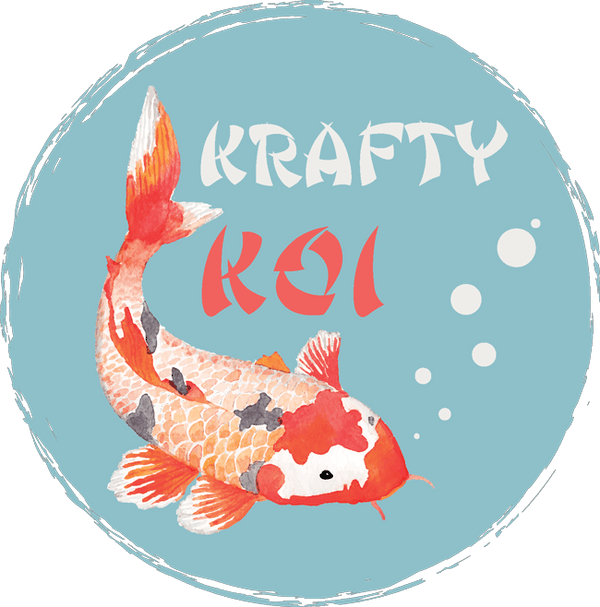How to Feed Your Koi
As with any species, it is essential to provide the correct diet for your koi. High quality food is a must and you should take care to neither over or under feed your fish. The temperature of the water will affect how much and how often your koi wish to eat. This is an important consideration which should never be overlooked.
Live Foods
Koi will normally welcome a variety of live foods, including worms. Earthworms are high in protein and soon become a favourite treat.
Other Foods
Koi will accept many foods thrown to them in their pond, but some of these are of little or no nutritional value and may even harm the fish and so are best avoided. Brown bread is acceptable, but white bread contains a mild form of bleach which is hazardous to the fish. Beans, peas and corn are very tough and so can cause irritation to the koi and the fish may not be able to digest these foods. Koi will happily eat lettuce leaves, orange and melon.
Koi Food
A high quality proprietary koi food is the best option to provide a regular diet for your fish. Feed your koi three or four times daily in the summer and in quantities which they will consume in just a few minutes otherwise uneaten food will pollute the pond. When the water temperature falls below 70°F feed only once or twice each day. When it reaches 65°F switch to feeding wheatgerm 3 times per week and when the temperature reaches 55°F stop feeding altogether. This is a rough rule of thumb and your feeding regime should be adjusted to suit the needs of your fish. Keep a close eye on their enthusiasm for food and seek expert advice if you in doubt as to how to proceed.
Will Your Koi Feed from Your Hand?
With patience you can tempt you koi to feed from your hand. The koi need to learn that you don't pose a threat to them. When feeding your fish don't just sprinkle the food into the pond and then walk away as this does not give the fish the opportunity to get used to you being there. Feed them when you have the time available to stay by the pond for while. Sit by the pond and feed a few pellets at a time. The fish will eventually learn where the food is coming from and may start moving closer to your hand. Over time they will become less wary and gather the courage to take the food directly from your fingers. Once one fish is happy to do this, the other specimens will soon learn that it is safe to feed and that they need to approach you if they want their share of the spoils.
Growth Rates
Do be aware that koi can grow at different rates and so any specimens which are growing more slowly than others are not a cause for alarm. Some fish will be smaller than others, just like people, but can be as fascinating and beautiful as larger koi.
